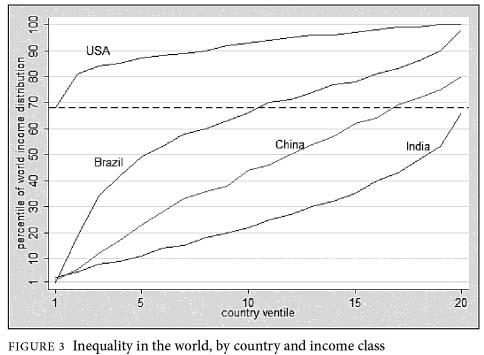A book published this year ‘Fully Grown: Why a Stagnant Economy Is a Sign of Success’ Dietrich Vollrath addresses the issue – is growth the best way to measure economic success — and does a slowdown indicate problems in an economy?

He discusses that the slowdown (Pre-Covid) is an indicator of economic prosperity. The economy has already provided much of what we need in life – comfort, security and luxury – that we have turned to new forms of production and consumption that enhance our well-being but do not contribute to growth in GDP. One chapter looks at the increase in imports from China and how it doesn’t necessarily have any connection with the level of GDP or growth rate. It is commonly portrayed in the media that imports from China have a negative effect on US GDP and you can say that they do impact on employment levels in certain sectors – e.g. manufacturing industry. This can lead to a slowdown in growth if workers didn’t find alternative employment. According to Vollrath the size of imports from China looks too small to account for the growth slowdown.
There is an assumption that imports lower GDP but most introductory economics courses refer to GDP with the following:
Y = C + I + G + (X-M)
Y = GDP, C = Consumption, I = Investment, G = Government spending, (X-M) = Exports – Imports
With this equation if imports are higher, it must be that GDP is lower. The right hand side of the equation is just a way of accounting for GDP; it does not determine the size of GDP. Vollrath now puts imports on the other side of the equation so you have:
Y + M = C + I + G + X
The above equation helps given the common way that people understand the relationship if they imagine that M goes up, they’ll jump to the conclusion that one of the items on the right (C + I + G + X) must have gone up as well.
Y + M is the total goods and services available in a given year which we can purchase. The other side of the equation represents the purchasing of these goods and services whether it is consumption goods, capital good, government purchases and foreign purchases. An increase in imports means that there are more goods and services to purchase. But there is no necessary mechanical effect of having more imports on the size of our own production, GDP.
















